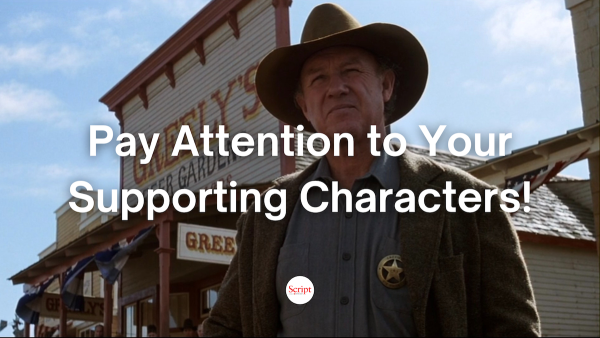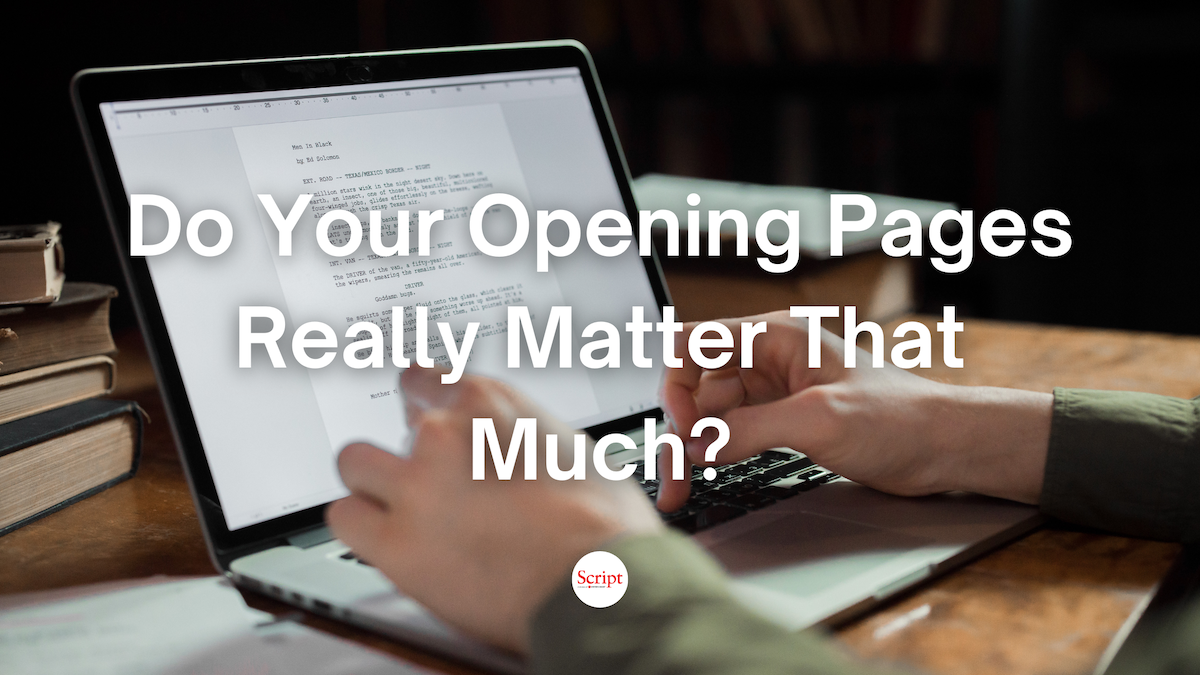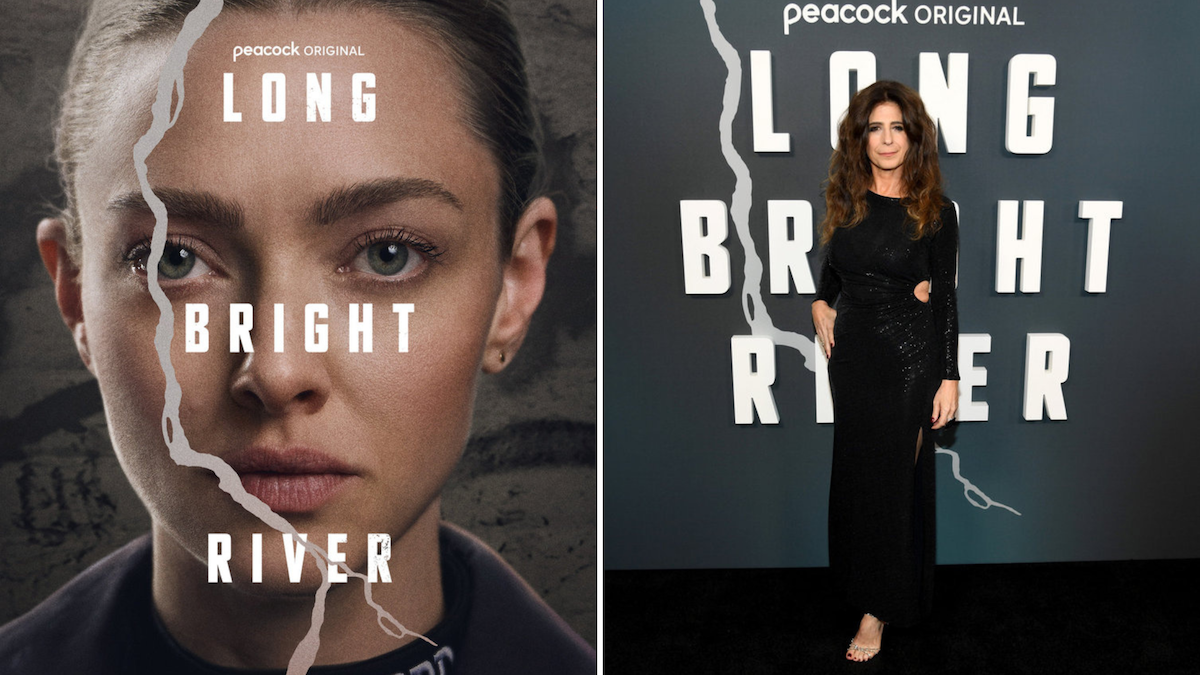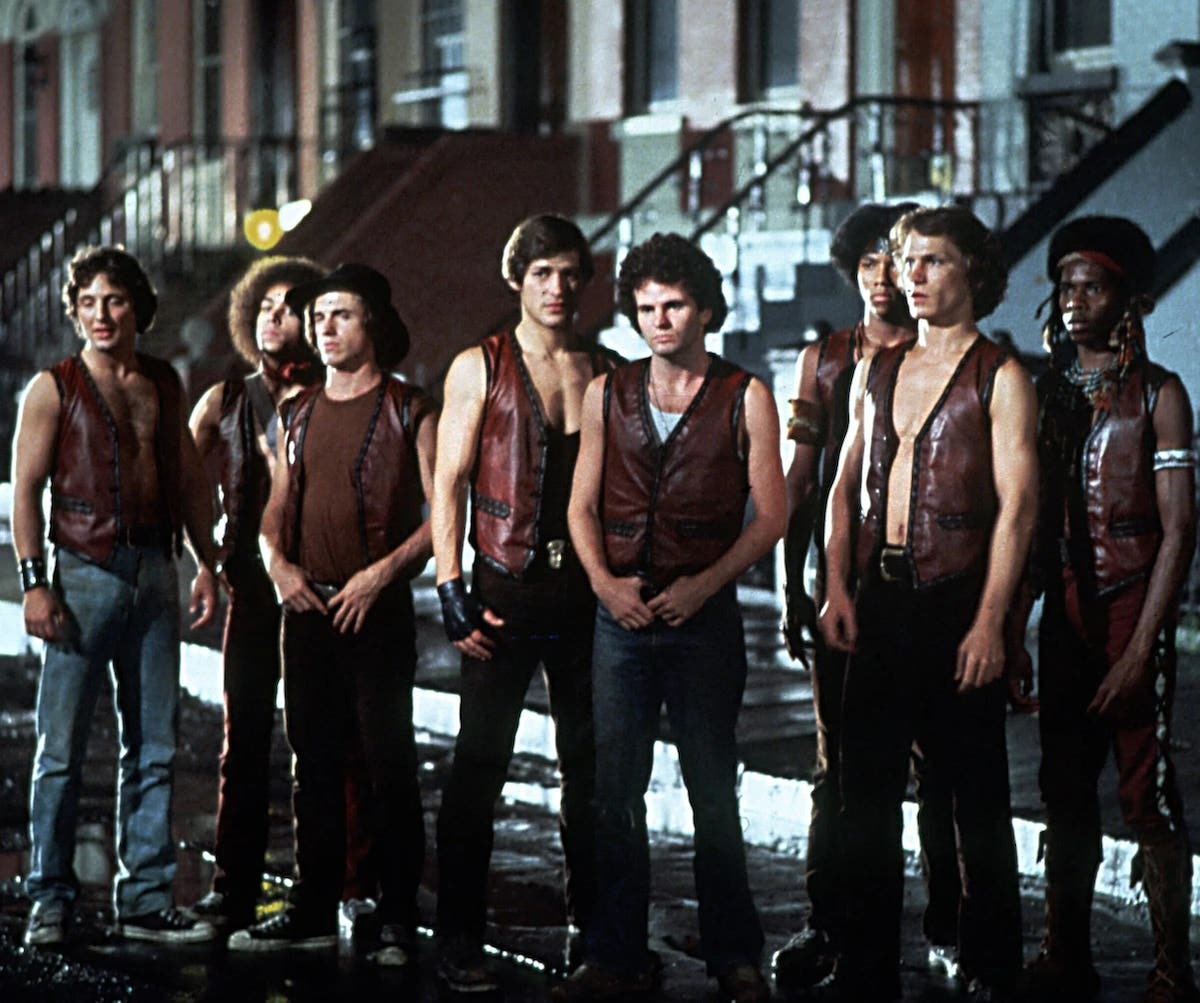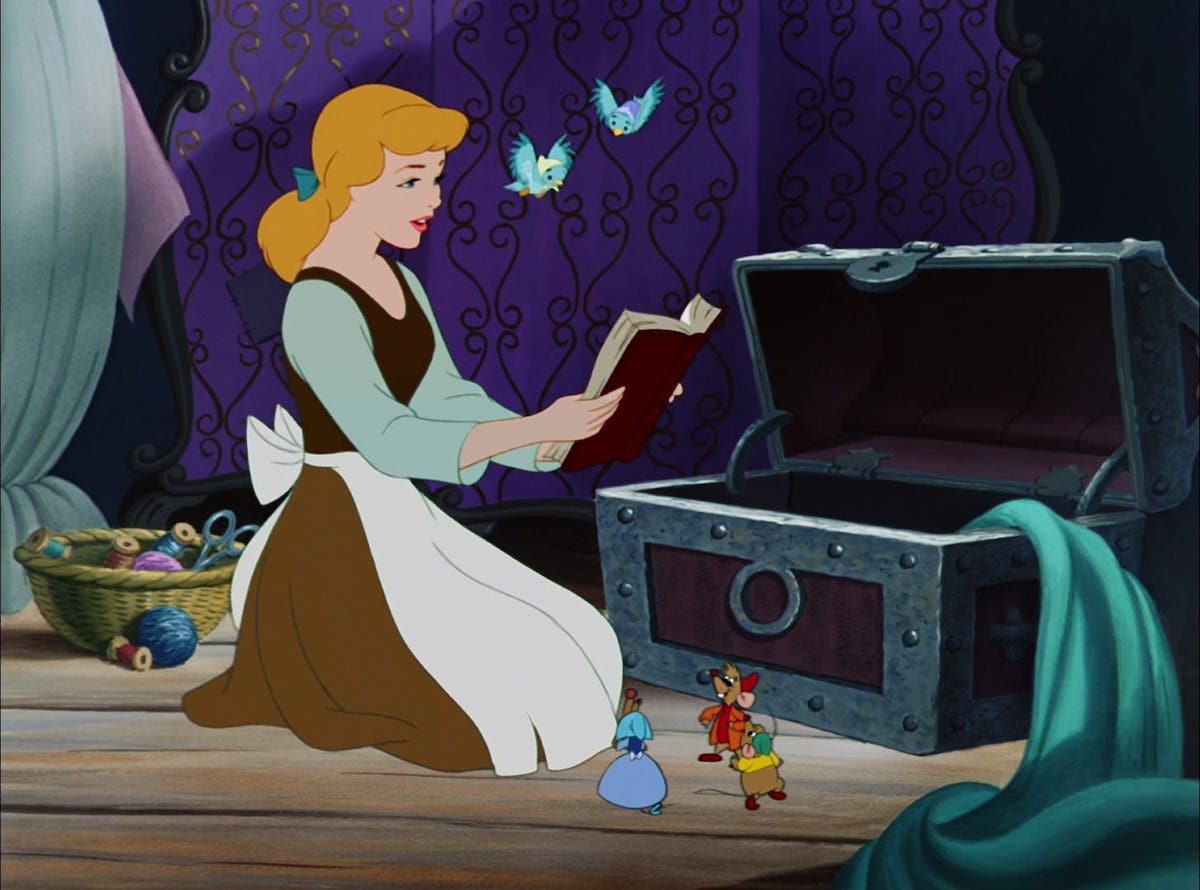Specs & The City: MacGuffins and ‘Raiders of the Lost Ark’
Good Protagonists aren’t perfect. And they certainly don’t always do what you want them to do. Even a hero sometimes needs a push out of the front door and into…
Good Protagonists aren’t perfect. And they certainly don’t always do what you want them to do. Even a hero sometimes needs a push out of the front door and into the arms of adventure. Your detective needs to get himself embroiled in that mystery; your crude-humored man-child needs a reason to get a job so that the “fish out of water” hilarity can ensue; and how about your plucky secretary who is down on her luck but has a heart of gold? Well, she needs that spark to help her decide it’s finally time to take her career into her own hands. What we’re talking about is a motivating factor that drives the action of your plot. Enter MacGuffins.
Here’s what Hitchcock had to say about MacGuffins: “ [We] have a name in the studio, and we call it the 'MacGuffin'. It is the mechanical element that usually crops up in any story. In crook stories it is almost always the necklace and in spy stories it is most always the papers". Basically, it’s the breeze that gets the ball rolling downhill in your story.
There are two distinct schools of thought on the long term roles of a Macguffin, and while I don’t think there’s a right or wrong answer, it’s important for every writer to think about them and decide where they come down on the topic.
There’s the original school of thought (to which Hitchcock belongs) that once the plot gets rolling, the MacGuffin ceases to matter and can be forgotten about in terms of plotting out the story - sometimes not making its way back into the story until the very end, if at all. For example, think about Citizen Kane. Rosebud is the Macguffin that pushes the story. That’s the reason we begin delving into the life of Charles Foster Kane. But Rosebud itself ceases to really matter until the end of the film when it ties back in nicely. During the second act, what’s important to the story and the audience is the journal of exploring the life of this great man and what led him to be so utterly alone, is what’s important to the story and the audience. The actual answer to the question, “What does Rosebud mean?” isn’t central to either.
The second school of thought subscribes to the idea that the MacGuffin does in fact need to remain central to the plot. In Star Wars, R2-D2 is the MacGuffin. He’s the object that everyone is searching for, and the message from Princess Leia that he holds is the spark that sends Luke off on his journey. Whereas Hitchcock and other like-minded writers don’t believe that it really matters what the MacGuffin actually is (see the briefcase in Pulp Fiction for another example), Lucas and others think that it’s vital to have a MacGuffin that the audience cares about – that "the audience should care about it almost as much as the dueling heroes and villains on-screen".
For another example of a MacGuffin at work, let’s take a look at…
MacGuffins and ‘Raiders of the Lost Ark’
Every entry into the Indiana Jones series centers around a different MacGuffin – the Ark of the Covenant, the Shankara stones, the Holy Grail, and…wait. Nope. Sorry. There are only three Indiana Jones movies. Yep. Only three. Anyway, they’re the constructs that motivate the central story. Here’s a scene from the original Raiders script…
INT. STUDY, INDY'S HOUSE
Brody enters the book-lined, dark-wooded study. He paces
for a moment before the fire which is dying in the fire-
place, then spots something and goes over to Indy's big
desk. The surface is covered with open books, monographs,
maps and drawings--all about the Ark of the Covenant.
Brody smiles; he knows his friend very well. Indy comes
in, closing the door behind him. Brody turns to him with
a triumphant expression.
BRODY
They want you to go for it. And
they'll pay.
INDY
(smiles)
Good work, Marcus. I had a feeling
this would happen. And, of course,
the Museum gets the Ark when we're
done.
BRODY
(smiles)
Of course.
Indy's manner is vigorous, agressive.
And the ball is rolling. It’s as simple as that. Up through that point Spielberg and Lucas have been establishing their Protagonist and the world he inhabits, but with that scene, we have a story.
I love using Raiders as an example because not only is it the best action film ever made, it also applies a nice little tweak to the standard MacGuffin formula. Most MacGuffins tend to disappear, or at least fade considerably from view, during the second act, but in Raiders, the Ark remains front and center – adhering to Lucas’s previously noted thoughts on the subject. Rather than disappearing, the Ark is gradually transposed with another item of interest to Indy – Marion.
As the story begins, Indy is a man focused on one thing; retrieving historical artifacts and preserving them in the museum. It’s strongly implied that this obsession is what led to the original fallout between Indy and Marion, and that he doesn’t change easily. In fact, in the middle of Act Two, Indy deliberately chooses the Ark over Marion, leaving her as a Nazi prisoner rather than risking the rescue of the artifact. But he’s torn about it; he wants to change, but can’t. Later, as we’re breaking into Act Three, Indy comes even closer to changing when he threatens to blow up the Ark if they don’t hand Marion back over to him. Ultimately, he can’t pull the trigger, but he definitely wanted to.
It’s not until the very end of the film, when the Ark has been hauled away by the government’s “top men” that he firmly converts. He could have fought on, and gone up against the government to demand that the Ark be released as promised. He even wavers on the stairs outside of the government building. But he’s finally ready. He chooses Marion over the Ark, and the movie ends.
So the MacGuffin never disappears, but it does become less important as the film moves on and it’s slowly replaced by Marion as the driving force behind Indy’s actions. In her own way, Marion is even a second MacGuffin that leads Indy on a different (albeit slightly less exciting) adventure that takes place after the movie ends.
MacGuffins are a great way to kick-start your plot if you’re having trouble getting things rolling. Then, depending on your story, it can stay front-and-center, slowly fade from view, or even an intriguing mix of both. That’s the beauty of the MacGuffin. It’s entirely your construct, so you can use it in whatever way works best in your script.
So grab your whip, pull down that fedora, and get to writing.
Related Articles:
- Your Own Devices by William Martell
- Meet the Reader: The Dark Side
- Specs & The City: Symbols and 'The Matrix'
Tools to Help:
Brad Johnson is a screenwriter and producer who has placed in multiple competitions including Final Draft Big Break and the Walt Disney Television Writing Program. He has served as a judge for the Nashville Film Festival and the NYC Midnight Short Screenplay Challenge, and worked as a script consultant through his website, ReadWatchWrite.com. You can follow Brad on Twitter @RWWFilm.



